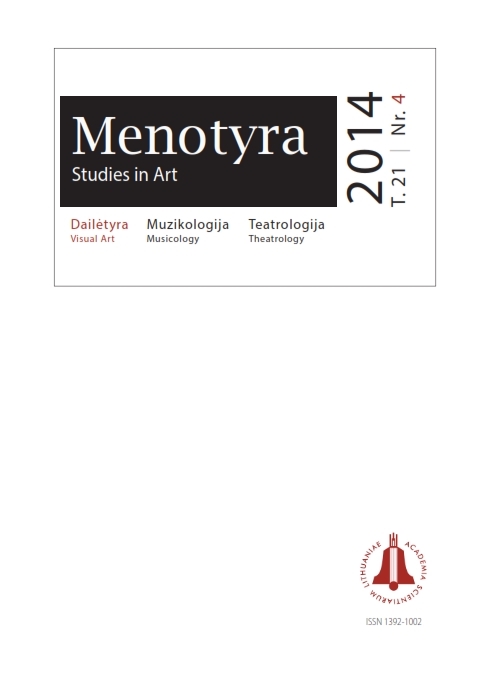Fundacje zakonne Kazimierza Leona Sapiehy
Casimir Leo Sapieha’s foundations for religious orders
Author(s): Dorota PiramidowiczSubject(s): Christian Theology and Religion, Fine Arts / Performing Arts, Cultural history, Architecture, Visual Arts
Published by: Lietuvos mokslų akademijos leidykla
Keywords: Casimir Leo Sapieha; architecture; monasteries and churches; magnate’s patronage; Tomaso Poncino
Summary/Abstract: The text recapitulates activities of Casimir Leo (Kazimierz Leon) Sapieha, Vice-Chancellor of the Grand Duchy of Lithuania, as a founder of monasteries in Lithuania and Poland, which - if existed - would now be located in Belarus, Poland and Ukraine. Like other magnates of the time, Sapieha patronized religious orders and convents already accommodated in the Commonwealth (Franciscans-Bernardine brothers and nuns, Canons Regular of the Lateran, Jesuits, Camaldolese monks or Brothers Hospitallers of St. John of God) as well as introduced a new one - the Carthusian Order - to Lithuania. Erection of churches with their sumptuous furnishings which he financed was obliged by the will of his father, brother as well as followed his own intention. He carefully arranged his place of burial; a Charterhouse in Bereza was the largest architectural project executed for religious order in the Commonwealth of Poland and Lithuania and according to his will became the major necropolis of the family. In his undertakings Sapieha hired indigenous builders from Lublin circle, probably “inherited” from father’s projects; while in Bereza an Italian designer and architect Tomaso Poncino should be assumed as an author. His contribution to the architecture of the Charterhouse can be confirmed by the analysis of visual documents and still existing details compared with his other works. Hiring Poncino was presumably a consequence of Sapieha’s relationship to the royal court, and the assumption that he was an enigmatic “Italian coming from Warsaw” (known from archival notes), called for the construction of the Charterhouse, sounds tempting. Casimir Leo Sapieha’s numerous foundations for religious orders presented here perfectly illustrate contemporary artistic conditions, trends and influences in the architecture of the Commonwealth of Both Nations of the 17th century.
Journal: Menotyra
- Issue Year: 21/2014
- Issue No: 4
- Page Range: 271-288
- Page Count: 18
- Language: Polish

